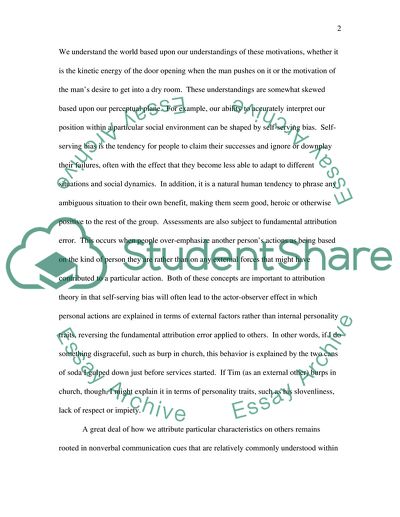Cite this document
(“Intuitive Scientists in the Social Environment Essay”, n.d.)
Intuitive Scientists in the Social Environment Essay. Retrieved from https://studentshare.org/psychology/1545008-evaluate-the-claim-thatwhen-interacting-within-a-social-environmentpeople-are-intuitive-scientists-seeking-truths-in-a-logical-and-rational-way
Intuitive Scientists in the Social Environment Essay. Retrieved from https://studentshare.org/psychology/1545008-evaluate-the-claim-thatwhen-interacting-within-a-social-environmentpeople-are-intuitive-scientists-seeking-truths-in-a-logical-and-rational-way
(Intuitive Scientists in the Social Environment Essay)
Intuitive Scientists in the Social Environment Essay. https://studentshare.org/psychology/1545008-evaluate-the-claim-thatwhen-interacting-within-a-social-environmentpeople-are-intuitive-scientists-seeking-truths-in-a-logical-and-rational-way.
Intuitive Scientists in the Social Environment Essay. https://studentshare.org/psychology/1545008-evaluate-the-claim-thatwhen-interacting-within-a-social-environmentpeople-are-intuitive-scientists-seeking-truths-in-a-logical-and-rational-way.
“Intuitive Scientists in the Social Environment Essay”, n.d. https://studentshare.org/psychology/1545008-evaluate-the-claim-thatwhen-interacting-within-a-social-environmentpeople-are-intuitive-scientists-seeking-truths-in-a-logical-and-rational-way.


